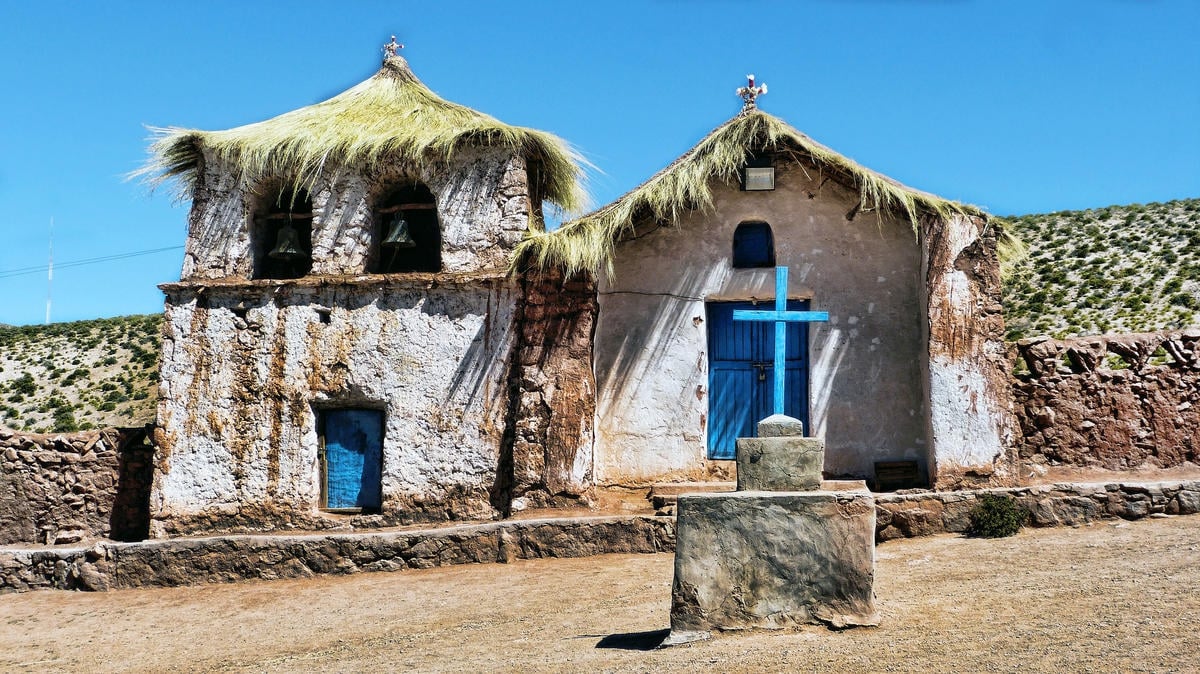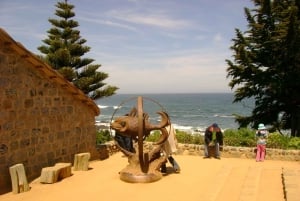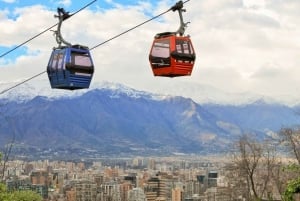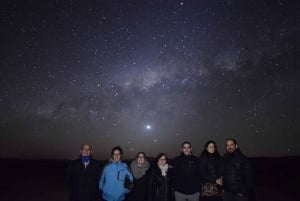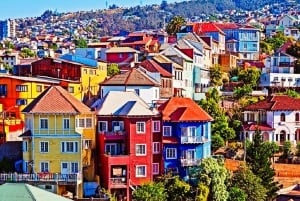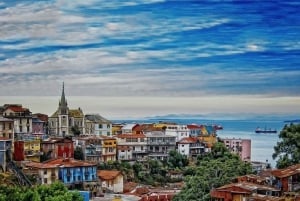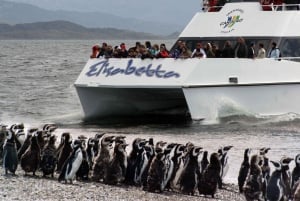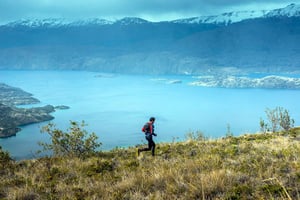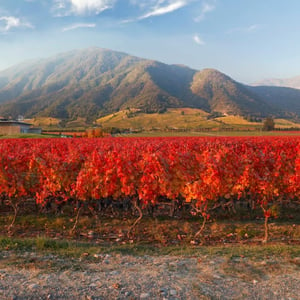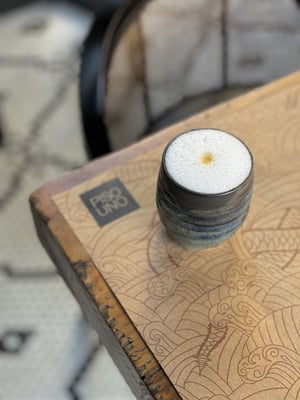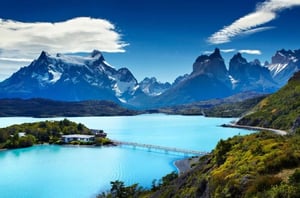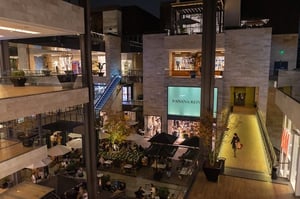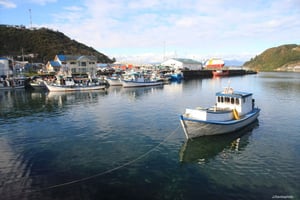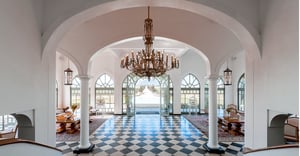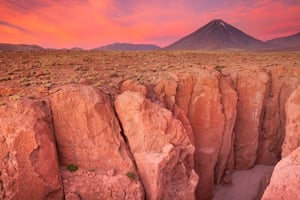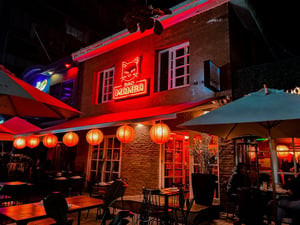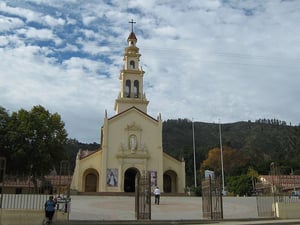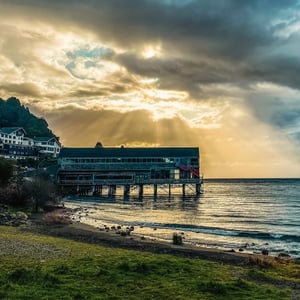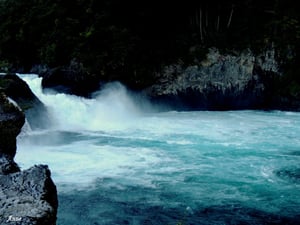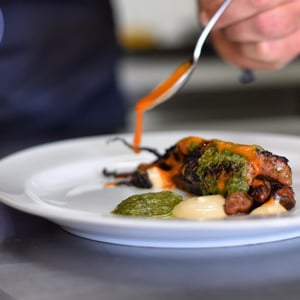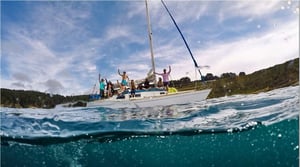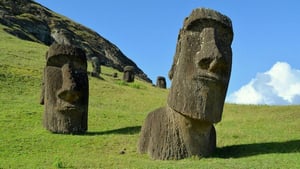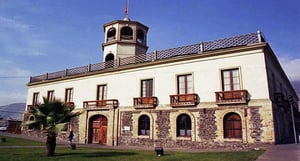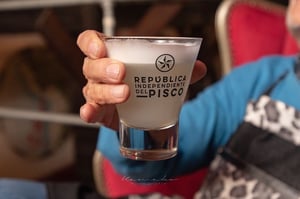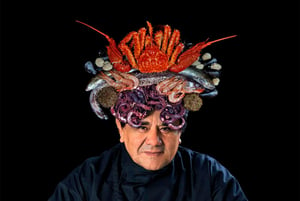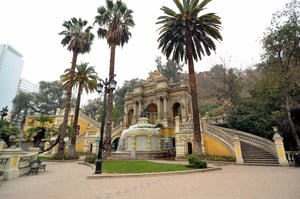Chile History
Here is a brief introduction to Chilean history to enlighten your trip!
Chile has a very long history, and in terms of human settlement it is believed that the first humans arrived in around 15,000 B.C. either from the Pacific or from other parts of South America. The first inhabitants were hunters and gatherers, but as time went by and they reached the more fertile valleys to the south, agriculture was implemented.
Early history
The indigenous people developed in three broad groups:
- The northern people of the desert and coastal areas: Atacamas, Aymaras, Diaguitas, and Changos
- The Araucanians in the Central valleys to Chiloé
- The Patagonian people: Tehuelches, Chonos, Alacalufes, Onas and Yaganes
Easter Island developed a distinct Polynesian culture, which was quite advanced given its isolation. A spoken and written language, as well as the amazing Moai structures are testament to the progress that was made. However, a violent civil war brike out after a crisis began around the 16th Century due to overpopulation and devastation of the island's ecosystem.
Inca invasion
The Inca arrived only a short time before they were conquered by the Spanish. In the 15th Century, the Incan emperors sent a number of large armies south which were able to subject the local tribes up to the area around the Maule River. Here they faced stronger tribes of the present day Mapuche people, and after losing several battles decided to go no further.
European discovery, conquest and colonisation
Chile was discovered by sea by Ferdinand Magellan on his trip around the world in 1520. However, it was Diego de Almagro (you will see his name on quite a few streets!) who arrived from the recently conquered Inca Empire to the area around Copiapó in 1536. In 1540 Pedro de Valdivia (another street sign favourite) brought a larger army, which began in earnest the conquest of Chile.
The Spanish encountered the same problems as the Inca to overcome the Mapuche people and the ensuing War of Arauco, one of the longest in world history at around 300 years. The Mapuche were much more organised and skilled in battle than the conquistadores expected, even learning the use of horse from the unwelcome colonisers. The areas around Santiago, Concepción, Villarrica and Valdivia were scenes of numerous battles, that only began to die down with the process of independence.
The majority of trade up to the 18th Century was with Peru, and was dominated by wheat, leather and livestock, although contraband existed along the coast with other European nations. There were a number of large earthquakes during this period, which in some cases destroyed whole cities.
Independence
The decline of the Spanish empire and growing unrest in the colonies was the reason for the establishment of the First Junta Government in 1810. While there was interst in gaining independence from Spain, the Junta´s objective was to assert local rule until the Spanish monarchy was reinstated. However, as time passed local rule became more and more institutionalised, with the creation of a National Congress, a militia, and even a flat tariff of 134% on all imports (with a few exceptions, including guns of course!).
The Junta finally became an independence movement in 1813, when the War of Independence against Spain began, led by men such as Bernardo O'Higgins, José Miguel Carrera, and Manuel Rodriguez. Despite early victories, the remaining Spanish forces held out until the Army of Andes, led by General San Martin crossed the Andes and defeated them over a number of decisive battles.
The official Declaration of Independence was made by O'Higgins in 1818.
The young republic
The early years of the newly proclaimed country were made difficult by the opposing views on how the country should be run. Presidents changed frequently, and there was even a war with Peru and Bolivia between 1836 and 1839. Relative order was established by the statesman, Diego Portales, who drew up one of the longest lasting constitutions in Latin American history.
The structure of society remained similar to colonial times, with a wealthy upper class of landowners and politicians. Progress began on infrastructure such as raods and ports, but a second war with Peru and Bolivia, the War of the Pacific, consolidated this growth through the acquisition of valuable nitrate deposits. The economic benefits can still be seen in the architecture of Iquique and the remains of the Humberstone mine.
Rise of copper
Nitrate exports fell during World War I, which soon had the Chilean economy in recession. Political and economic instability was common afterwards until copper began to increase in importance. The largest mines were in the hands of American companies, and were almost completely auto-sufficient from the rest of the country. Seeing the importance of copper to the economy, President Eduardo Frei Montalva initiated a process of negotiated nationalisation of the industry, whereby the state acquired the ownership of the mines through deferred payment. Newly-elected President Salvaldor Allende accelerated the process by proposing a law that nationalised all mines without further compensation, which was unanimously approved by Congress in 1971. Allende implemented many policies aimed at redressing the traditional social imbalance such as extending agrarian reform, nationalising many industries, and advancing workers' rights. His policies were unpopular with the oligarchy and the United States and also led to high inflation, so that when the world copper price fell, a crisis ensued that ended with Allende's life and the start of military rule.
Military Rule
General Augusto Pinochet assumed the role of leader of the four-man military Junta in 1973. Repression was widespread, and included torture and killings with thousands of cases reported in subsequent investigations. This also resulted in the emmigration of around 30,000 Chileans to countries such as Sweden and Australia. Civil liberties were gradually relaxed in the late 1980s as a return to democracy became inevitable. Pinochet's regime was relatively successful on the economic front, implementing one of the most extereme free market economies in the world that attracted investment and encouraged trade. His presidency finally when he lost a plebiscite asking to continue for another 8 years in 1988.
Return to democracy
The return to democracy was dominated by investigations of human rights abuse during the Pinochet regime, which have resulted in several prosecutions of military personnel. Elections were dominated by centre-left parties until 2010, when Sebatian Piñera from the centre-right alliance was elected. Chilean society was slow to awake from the many years of dictatorship, where a certain shyness resulted from the constant repression.
Present day
Chile has experienced significant economic growth, resulting in its inclusion in the OECD in 2010. At the same time, Chileans are opening up and enjoying the freedom of the return to democracy. Having had a free market economy for many years means the country is used to and open to foreigners and their investments. However, you only need to go to a national team football match and hear the singing of the national anthem, to know just how much Chileans feel for their country!


